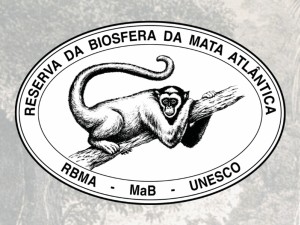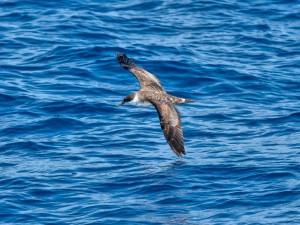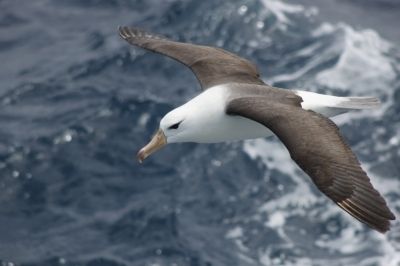Interministerial normative presents new fishing regulation to reduce seabird bycath in Brazil
In Brazil, the main risk for albatrosses and other seabirds are the bycatches from pelagic longline fishery. This is a diverse and fluctuating fleet, composed by large steel hull vessels and small artisan wooden vessels. This fleet target\'s tunas, swordfish, sharks and dolphinfishes, operating mainly off south and southeast Brazil, and occasionally even going to northeast too.
After months of negotiations between the government, industrial fishery syndicate, fisherman’s syndicate, researchers and NGOs, a new fishing regulation was published in the end of October by the Fishing and Aquaculture Ministry of Brazil. Improving existing and adding new mitigation measures towards the reduction of incidental catch of albatross and petrels in pelagic longline fishing vessels operating below the latitude of 20° S.
The new regulation is an important update over a landmark in Brazilian fishery legislation and in seabird conservation, been the most comprehensive regulation up to this date aimed for the preservation of albatross and petrels in Brazil. In essence, it states that after a transition period of six months, that finish in April 2015, all three ACAP recommendations (toriline, night setting and line weighting) for seabird mortality reduction will be mandatory for all pelagic longline fishing vessels operating in Brazilian waters below the latitude of 20° S. During the transition period the vessels are obligated to use toriline in all settings, regardless of the time of the day, alongside another measure, been them the night setting or a weight regime.
Three options of weight regimes are presented, according to ACAP 2013 best practice guidelines and incorporated and recommended by ICCAT in 2011, such as 45g up to one meter from the hook or 60g up to 3,5 meters from the hook or 90g up to 4 meters from the hook. This regime was one of the main changes in the mitigation measures on the regulation, as well as one of the main reason for the new release. As it used to be only 60g weight up to two meters from the hook, and according to syndicates and vessels owners, there was several accidents onboard during longline hauling, due the rupture of the line. The new measure in effect, where the vessel can use one of three distinct weight will allow more flexibility for the crew to choose the weight and distance they feel more comfortable and safe, as well as providing adequate sinking rate under the protection of the toriline and increase safety for the albatross and petrels nearby the vessel during the longline setting.
The new Brazilian regulation is innovative considering that allows and encourages development of research to test new measures, such as safe leads and electronic monitoring, both news practices for longline fishing.
Brazilian\'S THREATENED SPECIES LIST update
In the year of 2003, Brazil Environment Ministry published a list of threatened fauna and flora species, classifying them as Extinct in the Wild, Critically Endangered, Endangered and Vulnerable. Among them, there was six species of albatross and two of petrels. Amidst the end of 2014, a new updated list was released presenting a few changes in those species. Diomedea epomophora, Procellaria aequinoctiallis, P. conspicillata kept the Vulnerable status, D. sanfordi kept the Endangered status, D. exulans went from Vulnerable to Critically Endangered, D. dabbenena went from Endangered to Critiacally Endangered and the Thalassarche chlororhynchos went from Vulnerable to Endangered, as for the T. melanophris, it went from been considered Vulnerable to be excluded from the list, as in not been classified in any threated status according to the Brazilian list. Even though most of the species kept their status after over 10 years and some others received a worse status, the fact that one species has been excluded from the list is an important result.
The Projeto Albatroz, sponsored by Petrobras through the Petrobras Socioambiental Program, works for the preservation of seabirds since 25 years, always with the fisherman as an ally in the search for viable solutions, and participated actively in the development of this legislation.
See the full Interministerial Normative Instruction document here.
Leia mais
+ Notícias

Projeto Albatroz, em Cabo Frio (RJ), recebe o títu...
Conquista reconhece a instituição como parceira estratégica na conservação, pesquisa e divulgação so...
22/12/2025
22/12/2025 Leia mais
Novo parasita encontrado em bobo-grande alerta par...
Pesquisadora do Projeto Albatroz participou do estudo que identificou as bactérias, comum entre mamí...
22/12/2025
22/12/2025 Leia mais






